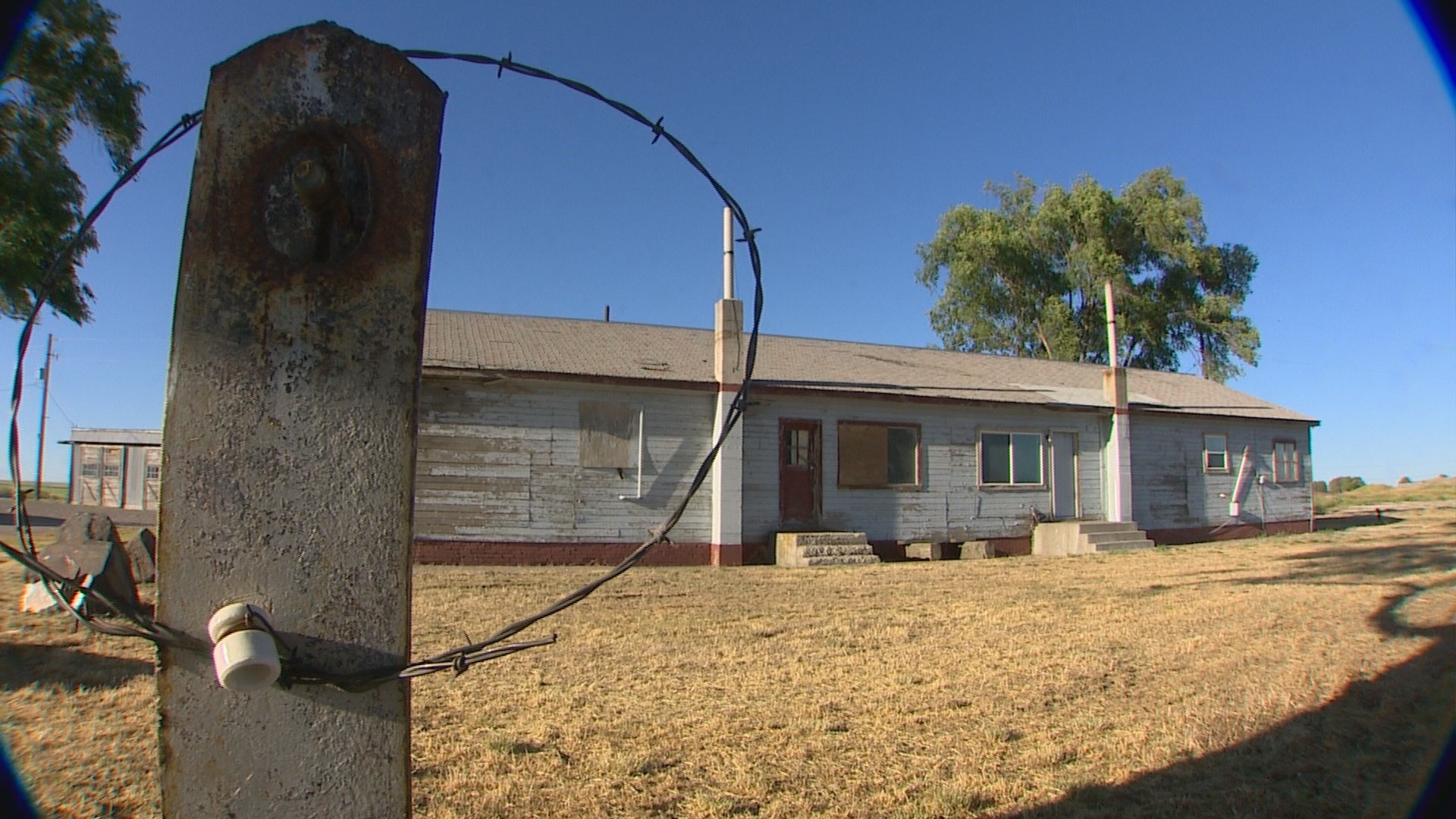Prisoners in Their Own Land: Return to Minidoka
<p>We go along on a pilgrimage to Minidoka concentration camp in Idaho with a woman who spent her early years there and other individuals who also lived in the camps. They share what it's like to relive the time when they were ripped from their homes and schools and taken to a desolate place.</p>

This week marks the 75th anniversary of the signing of Executive Order 9066. We go along on a pilgrimage to Minidoka concentration* camp in Idaho with a woman who spent her early years there and other individuals who also lived in the camps. They share their reaction on what it's like to relive the time when they were basically ripped out of their homes and schools and taken to a very desolate place. People today almost can't believe it happened, but it did. And it leads to the question: Can this happen again?
Related links and resources:
*Internment Camp vs. Concentration Camp
Some viewers may be wondering what to call these wartime camps. The words "internment camp" are considered imprecise by scholars, since those were used for holding dangerous aliens and prisoners of war. I use the words "concentration camp" in my reports because that's what the people I interviewed called them and, by definition, that's what they were, according to history website DENSHO: “Prison camps outside the normal criminal justice system, designated to confine civilians for military or political purposes on the basis of race and ethnicity." This is not meant to take away from what happened to Jews and others in Europe, who were imprisoned in "concentration camps," which some now acknowledge was a euphemism for Nazi "death camps." - Lori Matsukawa
